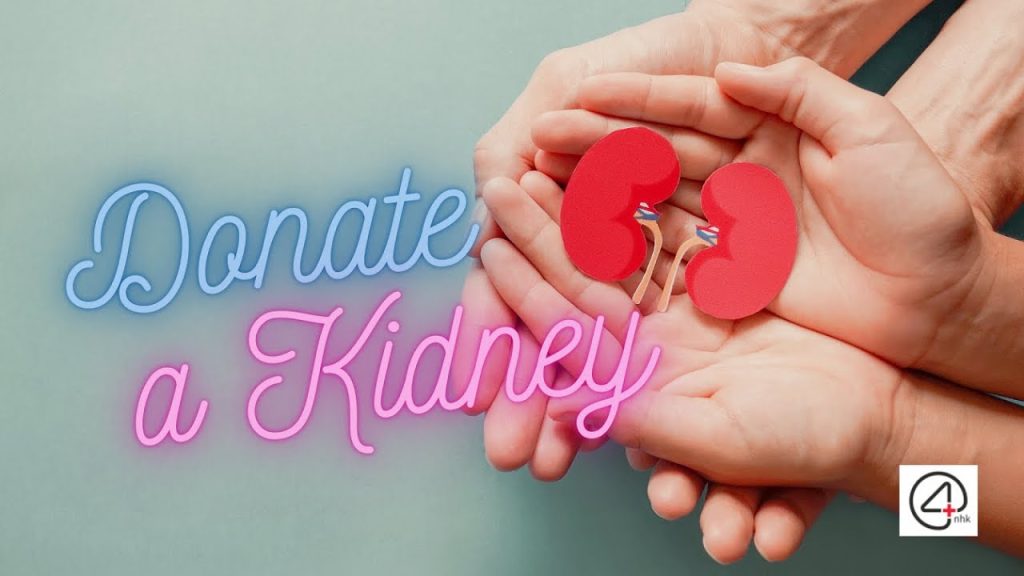Introduction
Microplastic pollution has emerged as one of the most pressing environmental challenges of our time, with far-reaching implications for ecosystem health and human well-being. This research review examines the current understanding of microplastic distribution, sources, exposure pathways, and potential health impacts based on recent scientific literature.
Overview of Microplastic Contamination
Definition and Sources
Microplastics (MPs) are defined as plastic particles smaller than 5 millimetres in diameter. These particles arise from multiple sources, including the breakdown of larger plastic debris, synthetic textiles, tyre wear, cosmetic products, and industrial processes. The global scale of this contamination is staggering, with estimates indicating that over 265 million metric tons of plastic waste are generated annually, with approximately 4.8 to 12.7 million metric tons entering marine environments.
Global Distribution Patterns
The distribution of microplastics varies significantly across different regions and environments. Research indicates that Asia contributes approximately 80.99% of global microplastic emissions, with China being the primary contributor. This regional disparity reflects differences in industrial activity, waste management infrastructure, and population density.
In aquatic environments, microplastic concentrations show considerable variation. Marine surface waters can contain up to 1.9 million particles per cubic meter in heavily contaminated areas, while freshwater systems typically range from 100 to 100,000 particles per cubic meter. Sediment contamination levels can exceed 500,000 particles per kilogram in some locations.
Exposure Pathways and Human Health Implications
Primary Routes of Human Exposure
Human exposure to microplastics occurs through three main pathways:
- Ingestion: The most significant route, occurring through consumption of contaminated food and water. Current estimates suggest humans consume between 39,000 to 52,000 microplastic particles annually through food and beverages.
- Inhalation: An increasingly recognised pathway, with individuals potentially inhaling up to 74,000 particles per year from airborne sources. Indoor environments often show higher concentrations due to synthetic textiles and household products.
- Dermal Contact: While less significant than other routes, skin contact with contaminated water or products containing microplastics can contribute to exposure, particularly when the skin barrier is compromised.
Toxicological Mechanisms
Microplastics pose health risks through both direct and indirect mechanisms. Direct toxicity stems from the physical properties of the particles themselves, while indirect effects arise from chemical additives within plastics and the ability of microplastics to adsorb environmental contaminants.
The research reveals several concerning aspects of microplastic toxicity:
- Cellular Penetration: Particles smaller than 10 micrometres can penetrate cellular structures and cross biological barriers, including the blood-brain barrier
- Oxidative Stress: Exposure can trigger inflammatory responses and cellular damage through reactive oxygen species production
- Endocrine Disruption: Chemical additives such as phthalates and bisphenol A can interfere with hormonal systems
- Bioaccumulation: Persistent accumulation in organs and tissues over time
Emerging Health Concerns
Recent studies have identified several potential health impacts:
- Reproductive Health: Microplastics smaller than 10 μm may penetrate the placental barrier, potentially exposing the fetus during gestation. This raises concerns about developmental effects and long-term health consequences.
- Respiratory System: Inhalation of microplastics can cause lung inflammation, fibrosis, and potentially contribute to chronic respiratory diseases.
- Gastrointestinal Effects: Accumulation in the digestive tract may disrupt gut microbiota and cause inflammatory responses.
- Neurological Impact: The ability of microplastics to cross the blood-brain barrier suggests potential neurotoxic effects, though research in this area is still emerging.
Risk Assessment Challenges and Current Methodologies
Assessment Frameworks
The field currently lacks standardised methods for evaluating health risks from microplastic exposure. The Global Average Rate of Microplastic Ingestion (GARMI) is increasingly referenced to support risk assessment efforts, but this approach has limitations.
GARMI calculations consider factors such as:
- Average number of microplastics ingested
- Average mass of individual particles
- Exposure through different sources (food, water, air)
However, this framework has significant limitations, including inadequate consideration of particle characteristics such as shape, polymer type, and surface chemistry, which can substantially influence toxicity.
Knowledge Gaps and Limitations
Several critical knowledge gaps impede comprehensive risk assessment:
- Detection Methods: Current analytical techniques primarily focus on particles larger than 1 micrometer, potentially missing smaller, more biologically active particles
- Standardization: Lack of uniform protocols for sampling, identification, and quantification across studies
- Dose-Response Relationships: Limited understanding of threshold levels for adverse health effects
- Long-term Effects: Insufficient data on chronic exposure impacts
- Individual Variability: Limited consideration of factors such as age, health status, and genetic susceptibility
Environmental and Socioeconomic Factors
Regional Disparities
Microplastic exposure varies significantly based on geographic and socioeconomic factors. High-income areas may have reduced MP levels due to advanced regulations and water treatment, though high consumption of packaged foods still poses risks. Conversely, low- and middle-income regions often face higher exposure due to limited infrastructure and regulatory oversight.
Climate Change Interactions
The relationship between microplastic pollution and climate change is complex and bidirectional. Plastic production and disposal contribute significantly to greenhouse gas emissions throughout the lifecycle, while changing environmental conditions may affect microplastic distribution and degradation patterns.
Future Research Directions and Recommendations
Immediate Research Priorities
- Enhanced Detection Methods: Development of techniques capable of detecting and characterizing nanoplastics (particles smaller than 1 micrometer)
- Standardized Protocols: Establishment of uniform methodologies for sampling, analysis, and risk assessment
- Toxicological Studies: Comprehensive research on dose-response relationships and health endpoints
- Long-term Health Studies: Longitudinal research to understand chronic exposure effects
Policy and Regulatory Implications
The findings underscore the need for:
- Development of regulatory thresholds for microplastics in drinking water and food
- Implementation of extended producer responsibility programs
- Investment in advanced waste management infrastructure
- Support for research on biodegradable alternatives
Technological Solutions
Addressing microplastic pollution requires integrated approaches:
- Advanced water treatment technologies
- Improved recycling and waste management systems
- Development of biodegradable plastic alternatives
- Source reduction strategies targeting high-emission sectors
Conclusions
Microplastic pollution represents a complex environmental and public health challenge requiring urgent attention. While current research has established the ubiquitous presence of microplastics in the environment and confirmed human exposure through multiple pathways, significant knowledge gaps remain regarding long-term health effects and optimal risk assessment methodologies.
The evidence suggests potential risks to human health through various mechanisms, including oxidative stress, inflammation, and endocrine disruption. Of particular concern is the ability of smaller particles to penetrate biological barriers and accumulate in organs and tissues.
Moving forward, the scientific community must prioritise standardised research methodologies, enhanced detection capabilities, and comprehensive toxicological studies. Simultaneously, policymakers need to develop evidence-based regulatory frameworks while supporting technological innovations to reduce plastic pollution at its source.
The challenge of microplastic pollution ultimately requires a coordinated global response involving researchers, policymakers, industry stakeholders, and civil society. Only through such collaborative efforts can we hope to mitigate this emerging threat to human and environmental health.
original article – https://www.frontiersin.org/journals/environmental-science/articles/10.3389/fenvs.2025.1606332/full


